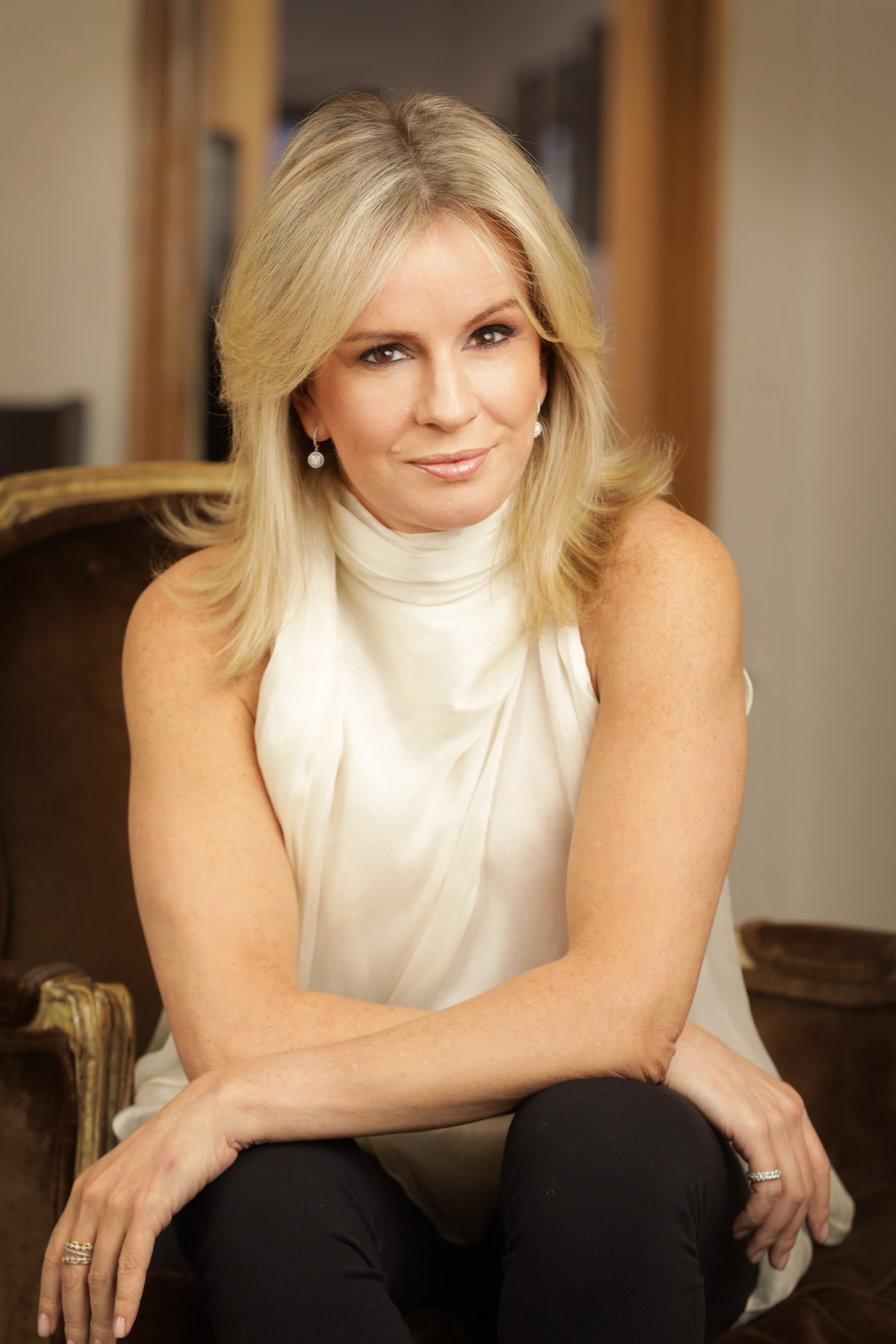As an art history major who became an OB-GYN then also chief medical correspondent across all ABC News platforms, Dr. Jen Ashton can come at a subject from many angles.
Her default?
“Humanities,” she said. “I’m always finding the little ideas inside big-picture concepts.”
A few months into the COVID-19 pandemic, Ashton realized she was doing it again. No matter how the facts evolved, she kept filtering them through about a dozen themes that mattered most to her audience.
She decided to put them all into a book.
“The New Normal” is not a series of do’s and don’ts for those recurring areas of interest. It’s more like a guidebook on how to navigate this era defined by the novel coronavirus.
“You can find the same factoid from a zillion additional, credible, reputable sources,” she said. “People want to know what to do, what to think, what steps to take to deal with the virus, and with all the fears and thoughts related to coping with a situation that’s completely unfamiliar, unknown and changing day by day.”

Knowing that facts might become outdated, Ashton instead aimed to provide some timeless information: A framework for coping with life as we now know it.
Thus the book’s subtitle, “A Roadmap to Resilience in the Pandemic Era.”
Or, as she likes to say, “How to think like a doctor.”
“When you’re dealing with a massive and very complex problem in medicine and science and in life, often the easiest way to manage it is to dissect it into more manageable pieces,” Ashton said. “It can make it seem less daunting.”
Less daunting still is this two-step approach Ashton offered.
1. The assessment.
When Ashton sees a patient, she starts by gathering information.
She listens as they explain what’s wrong. She asks questions to fill in any gaps. A picture starts to form. She colors it in with some hard facts, from the easily accessible (temperature, blood pressure, heart rate) to those that require more effort (blood tests, X-rays, other imaging).
“We’ll check a situation every day, sometimes multiple times a day,” she said. “We’re constantly re-evaluating because the patient may change or the guidance may change.”
The key is the frequent monitoring.
“We’re always asking, ‘What do we know? What do we not know? What do we think we know?’” she said.
2. Decision time
Once enough information is gathered, Ashton will set a path forward. Maybe multiple paths.
Which to choose depends on answers to another set of questions.
“We have to weigh, ‘What are the risks of doing something? What are the risks of not doing something? What are the benefits of doing something and what are the benefits of not doing something?’” she said. “When you think like that, any person can come to the right decision. You don’t have to have an MD after your name.”
Putting this two-step process into action, Ashton pointed to the delicate issue of masks.
“Early on, experts said they weren’t needed,” she said. “Then research showed they were, so we changed our recommendation.”

Another lesson – another way to think like a doctor – is to understand that changes are part of the process. As another example, she pointed to the treatment of heart disease.
“We don’t treat it today like we did 20 years ago. Nor should we!” she said. “We’re always learning new things. If you don’t approach today with an open mind and respect, you’ll always be behind the eight ball.”
In the book, Ashton deploys her user-friendly approach to 11 areas.
She starts by covering the basics: body, mind, food, sleep, exercise, health care. Then she broadens her lens, delving into health fears, medical news, family and friends, public places and silver linings.
How did she decide on those? By applying the think-like-a-doctor technique, of course.
“I looked for the themes that kept coming up again and again in my reporting,” she said. “I went through it, thinking, ‘What’s involved with our day-to-day functioning? What are the big issues affecting our lives, the things we really need to exist and go about our normal business?’”
Ashton submitted the manuscript in September. Since then, further assessments and decision-making have prompted her to think more about the toll of the mental burden caused by ongoing lockdowns, spiking death totals and an ordeal with only a vague end in sight.
“The true psychological impact of this won’t be fully appreciated for years to come,” she said. “If I was to do another chapter, it would be more on the mind.”
And what advice would it include?
“Get professional help, communicate, talk about your feelings,” she said. “Acknowledging how you feel is a big deal. Don’t try to diminish or minimize that we’ve all suffered a lot. Get moving, too, so your physical health doesn’t suffer.”
In the introduction, Ashton writes, “Through it all, I’ve been left with one major takeaway: We will never be the same again.”
Asked to clarify, she insisted that she’s “an eternal optimist.”
And also a realist.
“It doesn’t mean we’ll come out of this worse,” she said. “It could be better. We could be stronger, more resilient.
“But it’ll definitely be different.”



